When the plane started shaking violently on a Delta flight from Salt Lake City to Amsterdam last week, some passengers thought it was going to crash.
The jet had hit severe turbulence, flinging people into the ceiling, and service carts across the cabin.
One passenger said it felt like an earthquake. The plane was forced to make an emergency landing in Minneapolis, where 25 people were taken to the hospital.
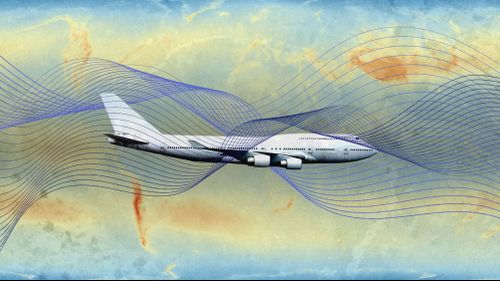
It was just the latest in a series of recent turbulence incidents resulting in injuries, hospitalisations and even a death. A 73-year-old man died of a heart attack during severe turbulence on a flight from London to Singapore last year.
Turbulence, caused by disturbances in the atmosphere, is one of the most unpredictable weather phenomena for pilots.
Air flows like water gushing down a river: undisturbed it runs smoothly, but if it encounters an obstacle, like a boulder, it becomes turbulent.
Mountains and storms act like boulders in a river, altering the way air moves. Moderate to extreme turbulence happens tens of thousands of times a year across the world.
For most passengers it will be felt as a few bumps, but in severe cases it can cause structural damage to the plane, temporary loss of control and injuries.
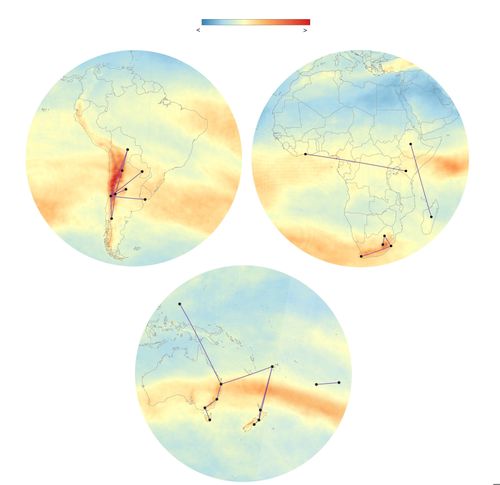
Turbulence caused more than 200 serious injuries in the US alone between 2009 and 2024, according to data from the US National Transportation Safety Board.
The good news is fatalities are very rare, and wearing a seatbelt almost always prevents serious injury.
The bad news: Turbulence appears to be increasing, especially on some of the most heavily trafficked routes, and it’s set to get worse as the planet heats up.
So where can passengers expect the bumpiest trips?
Turbulence forecasting website Turbli has analysed more than 10,000 flight paths, using data from sources including the National Oceanic and Atmospheric Administration and the UK Met Office, to rank the planet’s most turbulent routes.
The goal is “to show people that even if turbulence is chaotic, it does follow some patterns,” said Ignacio Gallego Marcos, Turbli’s founder and an expert in computational fluid dynamics.
The 120-mile route between Mendoza in Argentina and Santiago, Chile, offers breathtaking views over the towering, sometimes snow-capped peaks of the Andes mountains.
It’s also the most turbulent route in the world, according to Turbli data.
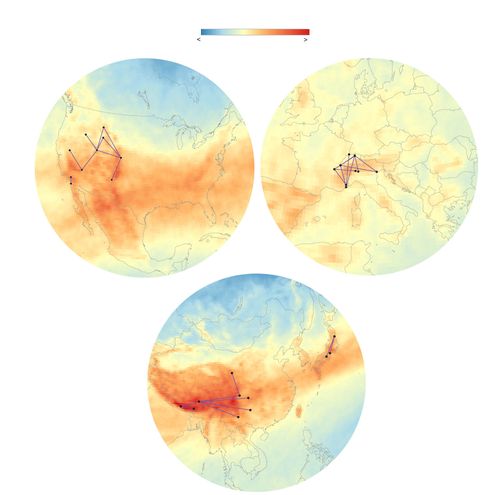
Mountain ranges are large, immovable obstacles that alter air flow.
They can create waves of air able to travel hundreds of miles. When these waves break, they cause a lot of turbulence, like ocean waves breaking into churning white foam, said Gallego Marcos.
The majority of the 10 most turbulent routes in the world involve mountains, including the Andes, the longest land-based mountain chain on Earth, and the Himalayas.
In the United States, the bumpiest routes are dominated by flights crisscrossing the Rocky Mountains to and from Denver and Salt Lake City.
It’s the same story in Europe, where many of the most turbulent routes are over the Alps, as planes zip between France, Italy and Switzerland, according to Turbli.
Pilots are very aware of the need to take extra care over mountains, but the turbulence they cause is not always predictable. It “can be due to very small-scale features of the mountain” not always picked up in forecasts, Gallego Marcos said.
Mountains are always there, but another form of turbulence can seemingly appear from nowhere, with no obvious visual cues to warn pilots.

It’s called clear-air turbulence and is most often used to describe turbulence near jet streams, wavy rivers of fast-moving air high in the atmosphere where planes cruise. It’s caused by “wind shear,” a rapid change of wind speed or direction with altitude.
This type of turbulence is “hazardous because it’s hard to detect and forecast,” said Piers Buchanan, aviation applications science manager at the UK Met Office.
The 320-mile route between the Japanese cities of Natori and Tokoname is one of the most turbulent in Asia because of this phenomenon, Gallego Marcos said.
Japan has a “particularly strong jet stream,” he said, as the Americans discovered during World War II when bombs they dropped on Japan were swept off target by strong winds.
Jet stream strength is driven by temperature difference. In Japan, frigid air from Siberia meets warm air from Pacific Ocean currents, fueling a very strong and relatively stable jet stream throughout the year.
A similar phenomenon happens on the US East Coast, where warm air from the Gulf Stream meets cold air from Canada. “The North Atlantic Corridor, especially between North America and Europe, (is) where jet streams are strongest,” Buchanan told CNN.
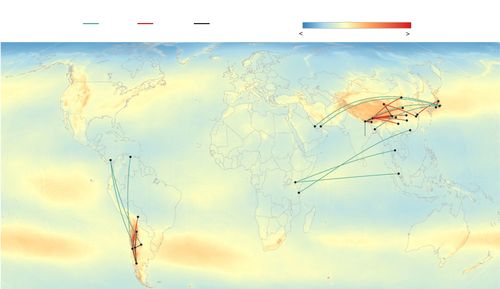
As the planet warms, clear-air turbulence is intensifying, according to recent research.
It works like this: Climate change increases temperature differences in the upper atmosphere which makes wind speeds more volatile and results in more clear-air turbulence where planes fly.
Severe clear-air turbulence over the North Atlantic — one of the planet’s busiest flight routes — was 55 per cent more frequent in 2020 than 1979, according to a 2023 study, which also found increases of 41 per cent over the continental US.
And it’s set to get worse. Turbulence strong enough to cause injury is projected to double or even triple in frequency globally by the end of the century, according to a 2017 study
Thunderstorms and towering cumulus clouds are another key source of turbulence, which is particularly pronounced near the equator. “It’s driven by strong vertical air movement and can be sudden and severe,” Buchanan said.
This type of turbulence does not feature in Turbli’s rankings because pilots tend to avoid it.

Planes are constantly scanning for storms using onboard radar and ground-based equipment. “Your pilot will be kind of zigzagging around thunderstorm clouds,” Gallego Marcos said.
There are still perils, however. Forecasts are not always precise enough catch thunderstorm turbulence and storms can also generate outbursts that can’t really be predicted or seen by the radar, said Gallego Marcos.
A particular danger is when several storms form at the same time and pilots risk getting caught between huge thunderstorm clouds.
Aviation experts believe this may have happened to the London-to-Singapore flight last year, when it encountered storms over Myanmar.
Scientists are exploring whether climate change may also be increasing this kind of turbulence as a warmer atmosphere holds more moisture, which fuels more intense thunderstorms.
The relationship between expected climate changes and turbulence “is a very active area of investigation,” said Robert Sharman, senior scientist emeritus at the National Centre for Atmospheric Research. It’s hard to pin down firm data, he told CNN.
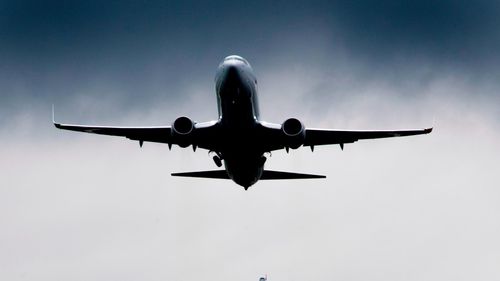
Experts stress flying is still the safest form of transport. Planes are specifically designed to withstand even severe turbulence and buckling your seatbelt is the surest way to avoid injury, Gallego Marcos said.
Our understanding of the phenomenon is also getting better. We can now accurately forecast about 75 per cent of turbulence, said Joana Medeiros, a meteorology researcher at Reading University.
What does seem clear is that as human-driven global warming unleashes invisible changes on our atmosphere, and the aviation industry — a climate polluter in its own right — keeps booming, some of the planet’s busiest routes are set to become a lot bumpier.







